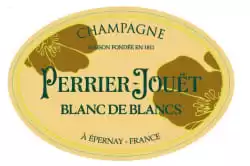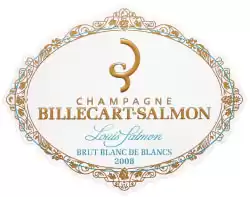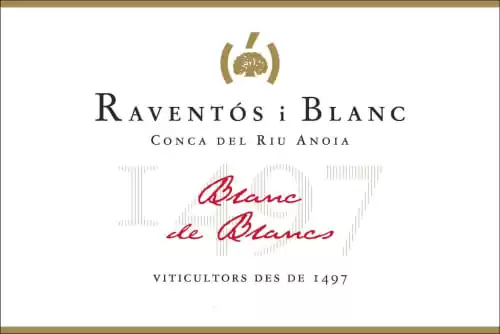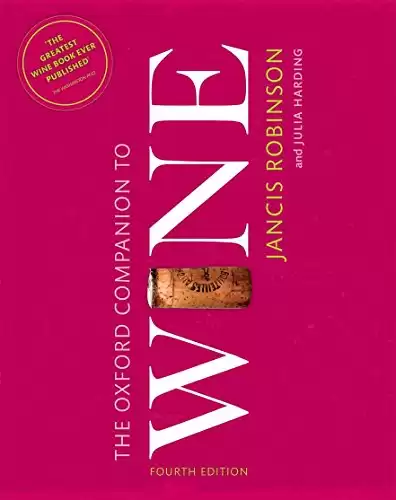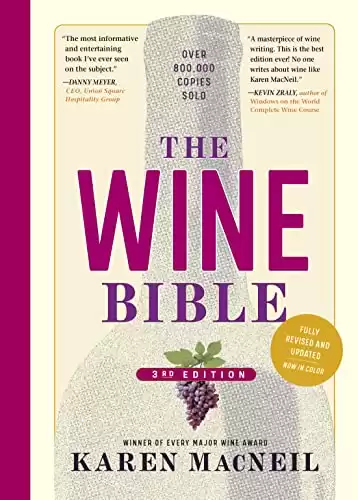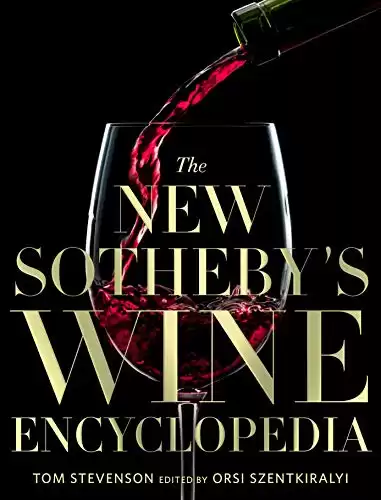Are you familiar with Blanc de Blancs wine? This is one of my favorite sparkling wine styles, and my go-to hostess gift when invited for dinner. With its delicate, citrus style, I find myself reaching for it often: sometimes to take to friend’s houses and sometimes just to open at home. I wouldn’t hesitate to call this one of my staples, and I always try to keep a few bottles on hand.
But I’ll admit, when I was first introduced to Blanc de Blancs, I didn’t fully understand what they were. Also interestingly, the first bottle that I fell for was a cava blanc de blanc, which is a bit non-traditional but very budget friendly. More on that later!
When I did finally get curious enough to do some research, here’s what I learned.
The Origin and Strict Definition
The term Blanc de Blancs translates literally to “white of whites” and comes from the Champagne region of France. The term, as it originated, refers to champagnes made from 100% Chardonnay grapes. Furthermore, the wines can be made in any district, and they can also be vintage or non-vintage. The most prominent producing area is the aptly named Côte de Blancs, where the chalky soils gives the wine its characteristic flavor profile.
Okay, but why the need to point out that these are produced with all white grapes? Typical champagnes are made with three grapes: Chardonnay, Pinot Noir, and Pinot Meunier. Pinot Noir and Pinot Meunier are red grape varieties with black skin. So, the “white of whites” term emphasizes you are not drinking the typical champagne blend. (As a complement to Blanc de Blancs, some producers also produce Blanc de Noirs, which is generally 100% Pinot Noir champagne. More on that in a future post…)
The Exceptions
There are exceptions to the strict definition above – because it’s the wine world, so of course there are. The term Blanc de Blancs has been borrowed across countries, wine regions, and grape varieties. The common theme is that the wines are sparkling and come from a single light-skinned grape variety.
Here are a few examples of other Blanc de Blancs you may encounter around the world. In Spain, it is made from 100% Macabeo in the traditional Cava method. Cremant is also made in the Blanc de Blanc style. In Germany, it is made from 100% Riesling, and in the small French region of Jura, it is made from 100% Chardonnay. And in South Africa, they often use Chenin Blanc.
Two of my favorite Blanc de Blancs are actually not from France: Raventos from Spain and Gusbourne from England. Both are linked under my recommendations below.
One final word, as we discuss exceptions. The Napa Valley wine producers also produce Blanc de Blanc sparkling wines, but they are not always a single grape variety, like the others discussed above. For example, Mumm Napa Blanc de Blanc is made from a blend of two white grapes: Chardonnay and Pinot Grigio. So keep in mind, the only thing you can really count on with a Blanc de Blanc is that the grapes are light-skinned.
What fun would wine by if everyone played by the rules?
The Flavor Profile
Blanc de Blancs exhibit less fruit and more citrus than typical champagnes.
- Citrus fruits (lemon & lime)
- Tree fruits (green apple & pear)
- Earthy notes (mineral, honey, & stone)
Pairs Well With
Thanks to their fresh acidity and dryness, Blanc de Blancs are pair well with many food options.
- Seafood Dishes: Oysters, clams, caviar, white fish such as sea bass, sushi, & sashimi.
- Cream-Based Dishes: Macaroni & cheese, creamy mushroom soup.
- High-Low Pairings: Fried chicken & lightly fried fish.
- Soft & Fresh Cheeses: Brie, camembert, feta, goat, and creamy blue.
Blanc de Blancs Recommendations
Kiki’s Top Pick 😍
Perrier-Jouet delivers yet another amazing sparkling wine. This will not disappoint!
Splurge 💰
I have not yet had the pleasure of tasting this... It is on the wishlist!
Save ✨
We ALWAYS have a few of these on-hand at home for casual drinking. This wine is a high-quality crowd-pleaser, so it is great as a hostess gifts or sharing with guests.
